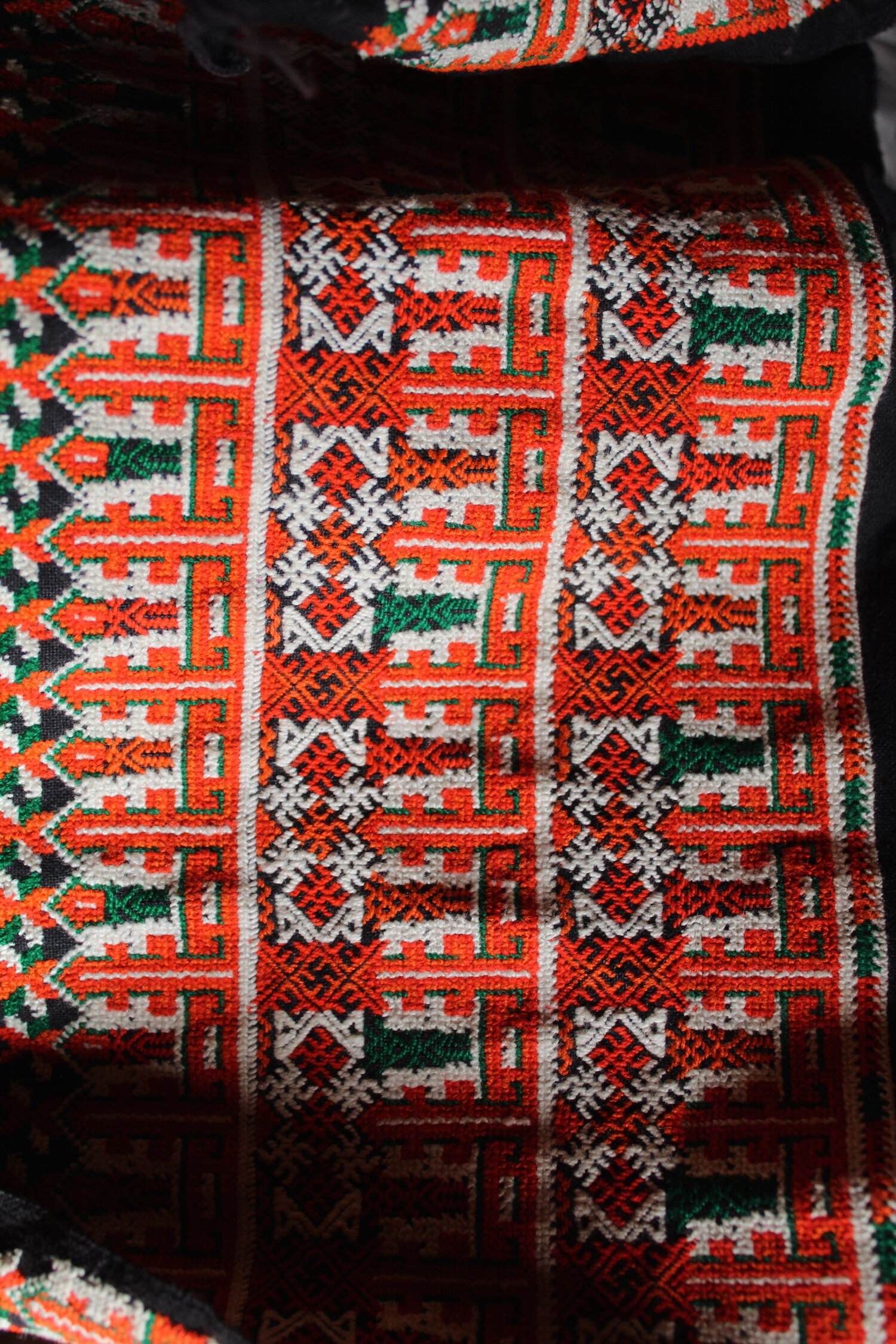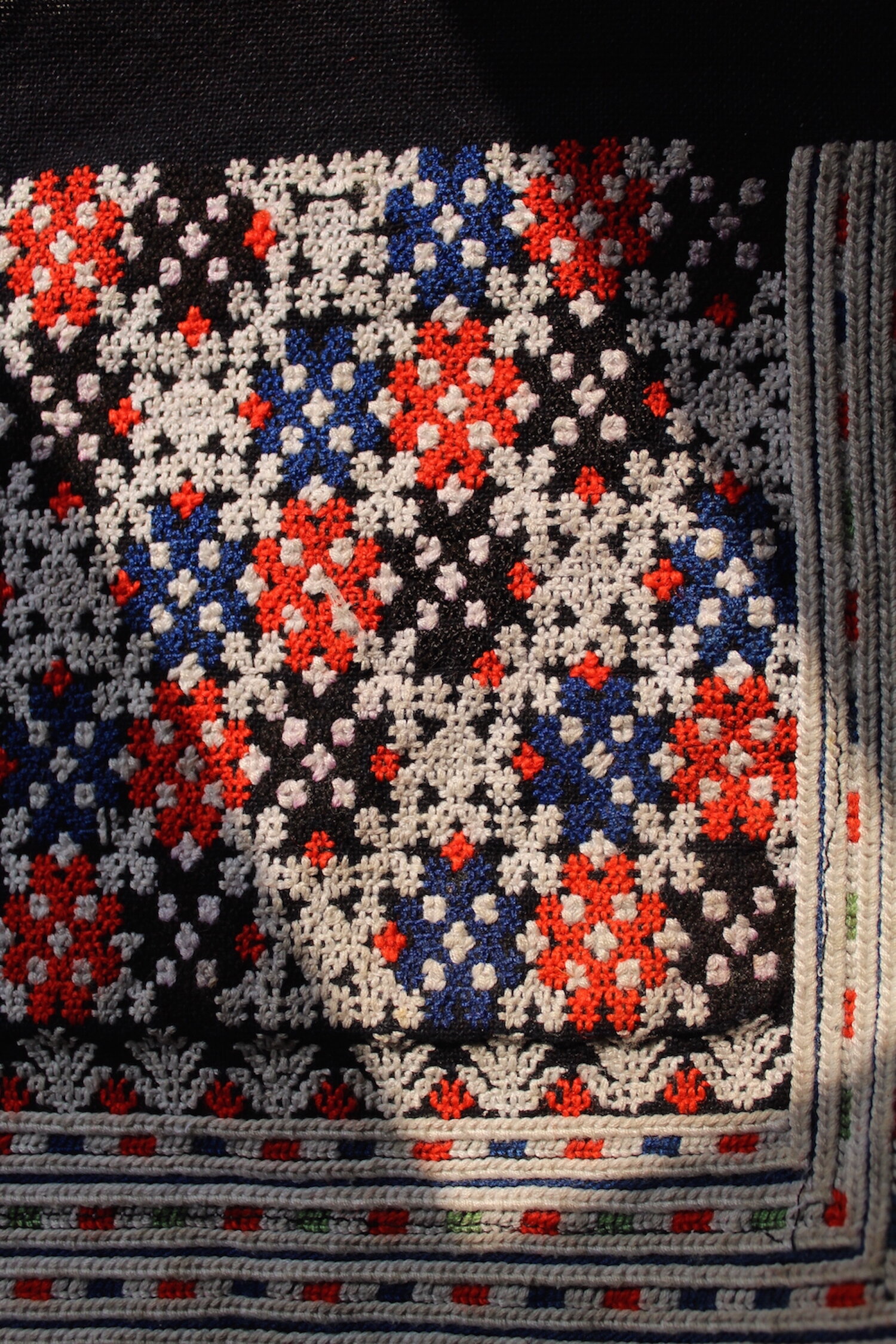Slow Travel and Slow Fashion


How TextileSeekers uses slow travel to encourage slow fashion?.
Our retreats are curated to incorporate space, Taking the time to slow down and be present.
Slow travel and slow fashion sit at the heart of TextileSeekers’ ethos. By curating cultural retreats centred around the art of traditional textile-making, we can better educate travellers on how the fashion ecosystem connects the different facets of this giant industry, and show them a sustainable and beautiful alternative that is rich and meaningful, leaving very little carbon footprint, and at the same time does not harm the health of the wearers.
Sidestepping the cities and immersing in nature is also a theme of our retreats. For our Sa Pa Hill Tribes Tour, we make our way into the heart of Sa Pa in northern Vietnam, to embrace the mountains, rice fields and a simpler way of life.
By slowing down our footsteps, we can truly appreciate the time and effort it takes to create high quality designs that will last. We will start noticing the little details which we miss as we rush through life. From the commitment and patience required to weave a tassel, to the skills and experience that are applied to a basic rice terrace embroidery design consisting of 64 individual stitches, we will go deep into time-honoured traditions.
We also realise that new is not always better. While we advocate creating by hand, we see the beauty of finding the new in the old. Recycling, reusing and upcycling are virtues we endorse. During our retreats, travellers will notice that many items we see along the way are old, worn on the backs of the tribes, who cherish what they have. The people understand the value of preserving things, being thrifty and being contented.
Join the journey.
To fully understand slow fashion, there is no other way but to witness how the ethnic communities in Sa Pa create their garments. For the H’mong tribe, hemp is often the main raw material used in clothes-making. The hemp plants are cultivated for fibres that can be used for the production of fabrics. Care is poured into the growing of the plants, with the sprouts coming from the best seeds saved from last season. As months pass, harvest is done manually, so is the extraction of fibres, before placing them to dry under the sun. There is no rush at each stage. Time is allowed to do its work. Then comes the preparing of the yarn, followed by threading the loom, before using each movement to slowly create panels of fabric.
The fabrics will then be dyed. This process is equally laborious. Natural dyes are the only way which allow the tribes to give colours to their fabrics. For the H’mong, a rich blue dye is extracted from fermented indigo leaves, a traditional process used over generations. The fabric will soak in the dye and then be left to dry out in the sun. The amount of times the fabric is dipped depends on how dark or light the desired hue should be. The more times the fabric is dipped, the darker the colour of the fabric becomes. The Black H’mong tribe takes about four to six months to dye a fabric black while the Blue H’mong tribe takes three days to a month to dye a fabric blue.
Once the dyed fabric is ready, it will be hung outdoors, under a shaded area, to be air-dried. This will take half a day to two days depending on the weather condition and the size of the fabric. For embellishments, the Red Dao tribe is most well known for its embroidery techniques. A needle, silk threads, and decades-long expertise are the three main elements which give the tribe’s costume its unique appearance. The talents of the Red Dao tribeswomen goes beyond simple embroidery skills. During our retreat, you will see that the women actually embroider from the reverse side of the fabric, where they count the threads to stitch over in the desired patterns. All the embroidery sequences are recalled from memory and took years of practice to perfect. Such details can only be appreciated when one slows down.
The idea of slow travel and slow fashion is one that should be considered. We can collectively influence how industries cultivate, produce and distribute, and prevent the disappearance of cultures and traditions together.
Join our Vietnam luxury tour, and let us guide you through Hanoi and Sa Pa in a considered way, we work with local communities, and local providers in order to support the industries we visit. There are no third parties involved, as we believe through direct exchange the network of friends we have made along the way will benefit greater.
